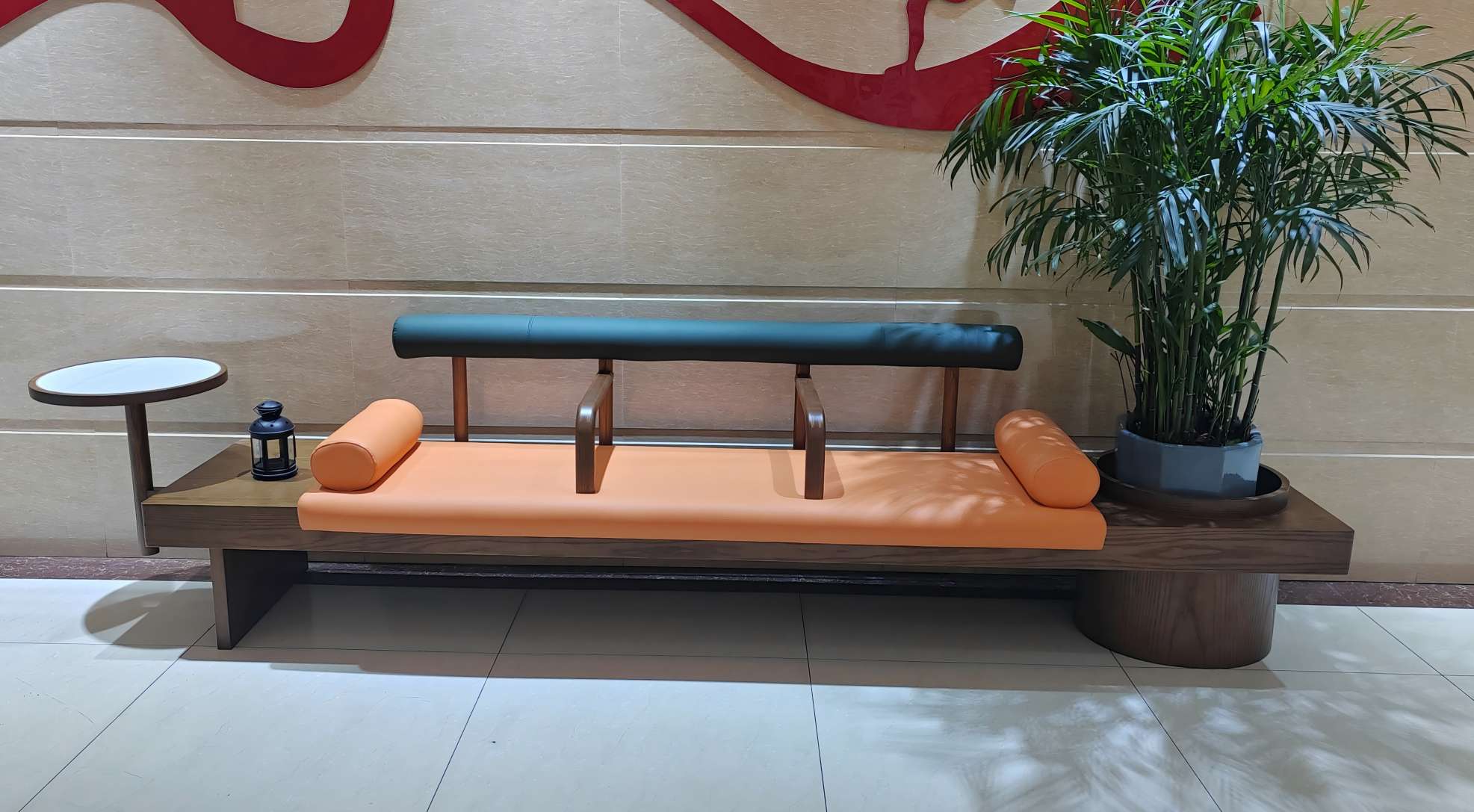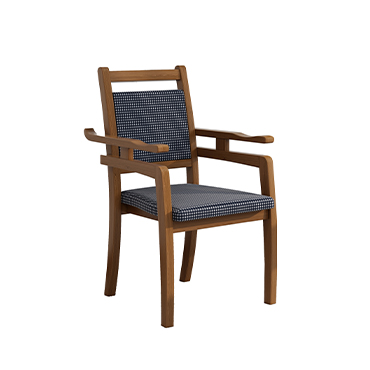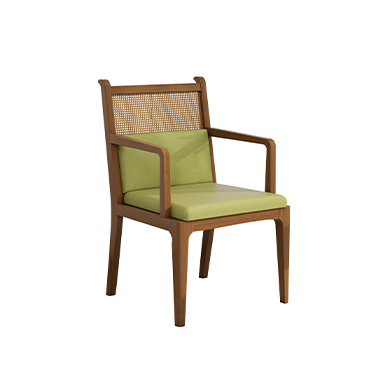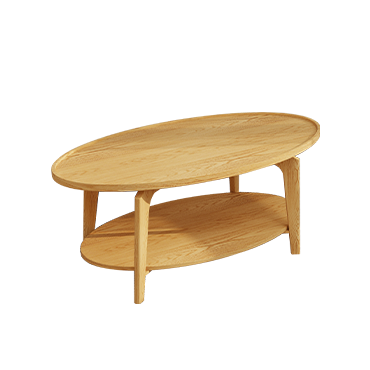How to Choose Furniture When Moving into a Nursing Home
When moving into a nursing home, some facilities allow residents to bring their own furniture, while others require using the furniture provided. For seniors who wish to bring familiar items from home, careful selection is key to ensure comfort, safety, and usability.
1.Confirm Facility Requirements
Even if the facility allows personal furniture, rooms usually contain only minimal furniture—a bed, possibly a small dresser, and a single table and chair.
Check what is needed: Determine what furniture is necessary and what can be omitted.
Consider renting items: Some facilities offer furniture rentals if moving large items is difficult.
Prohibited items: Fire hazards such as knives, lighters, candles, and gas stoves are often banned.
2.Measure the Room Before Moving
Room dimensions typically range around 20 square meters with a simple layout.
Check power outlets and door widths to ensure your furniture fits and can be used safely.
Avoid surprises like “furniture doesn’t fit” or “cannot use safely” by confirming in advance.
3.Prioritize Safety and Stability
When selecting furniture:
Avoid lightweight or wheeled furniture for seniors who may use furniture for support. Unstable furniture increases the risk of falls.
Ensure sturdiness to provide reliable support for elderly residents.
4.Consider Wheelchair Accessibility
Even if the resident can walk independently now, consider future mobility needs:
Minimum width for wheelchair movement: 80 cm
Ideal width for comfortable turning: 90 cm
Maintain enough space for safe movement without overcrowding.
5.Choose Furniture That is Easy for Seniors to Use
Age-related changes affect:
Leg and hip strength
Vision
Fine motor skills
Select furniture that is easy to reach, stable, and comfortable, minimizing strain during daily activities.
6.Bring Familiar and Important Items
Moving into a nursing home is a major transition.
Familiar items reduce stress and anxiety, especially for residents with cognitive impairments.
Personal items help maintain a sense of security and comfort.
7.Plan Layout with Staff Guidance
Furniture placement should consider:
Daily routines and lifestyle of the resident
Door operation and walking paths
Convenience and accessibility of items
Simulate daily activities to ensure safe and practical arrangement. Staff can provide valuable advice.
8.Adjust and Monitor After Moving In
Observe the resident’s daily habits and adjust furniture as needed.
Add necessary items gradually to avoid clutter and maintain safety and comfort.
Prioritize furniture that is familiar, functional, and enhances quality of life.
Conclusion
Choosing the right furniture when moving into a nursing home is essential for safety, comfort, and independence. By confirming facility rules, measuring space, ensuring accessibility, and selecting familiar, practical items, seniors can enjoy a secure and comfortable living environment.





